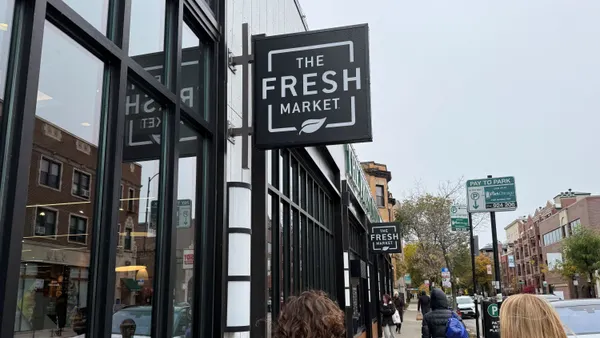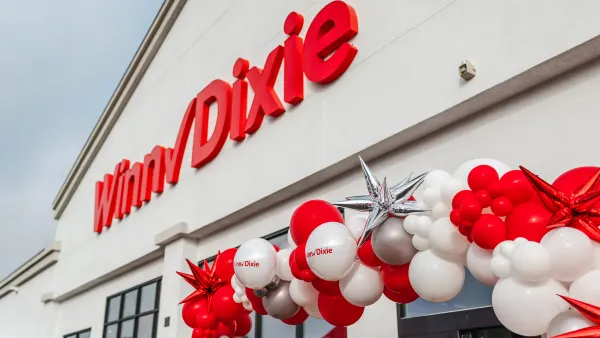Summary
- Although grocery spending is starting to rebound as inflation moderates, experts predict that inflation will remain a long-term driver for food retailers.
- To be successful in this challenging market, grocers need to understand how buyer behavior has shifted due to inflation. Audience segmentation is a key strategy grocers and retailers can use to learn what motivates consumers to buy.
- Bluehouse Salmon implemented an audience segmentation strategy to uncover buyers who are less sensitive to inflation conditions. The company has used the insights to increase sales by focusing on consumers motivated by other factors and shifting marketing strategy accordingly.
Analysis
As consumer behavior shifts with unprecedented speed, positioning products and services based on traditional demographic insights is no longer enough. Today, grocers need a deep understanding about changing buyer needs and decision behavior to drive marketing and portfolio strategy. Needs-based audience segmentation provides insights that can help companies successfully navigate a long-term inflationary market.
Accurately predicting shopper behavior and decision making has always been challenging. But in a market driven by inflation, getting it right is more important than ever. Delving into audience segmentation helps uncover:
- What motivates specific groups of consumers to make buying decisions
- What attracts buyers to a brand and what they value most
- The price they are willing to pay
Needs-based segmentation is also a powerful tool to inform product portfolio decisions and ongoing strategy as consumer behavior continues to evolve. It gives grocers the ability to keep their finger on the pulse of shoppers. By mapping audience segments based on needs (rather than simple demographics), it’s possible to uncover new customer groupings to market to, and even untapped market segments that can grow revenue.
Bluehouse Salmon recently used an audience segmentation approach to help them uncover new opportunities to increase sales and revenue. The company sells fresh land-raised salmon that’s good for people and good for the planet. But to keep growing in the current market, the company needed to understand more about who was purchasing their product and why.
In their work with SKIM, global insights agency, Bluehouse Salmon was able to identify priority buyer groups motivated by factors beyond price, including brand loyalists and those who prioritize health or sustainability. They learned why these priority segments choose their salmon, the influence of purchase planning and frequency, as well as factors that most often motivate impulse purchases of their product.
Based on the identified segments and insights about their behavior and decision-making, Bluehouse Salmon was able to determine the best ways to educate consumers, choose the most attractive offers, focus on channels where their audiences spend time and develop messages based on their wants and needs.
Armed with insights and new opportunities from their segmentation work, Bluehouse Salmon created a marketing strategy that focused on the most promising audience segments, and avoided segments that may be more sensitive to current market conditions. The company is now well-equipped to market to each of their key audience segments at the right time, in the right place and with messages that move them toward a purchase, driving traffic to the seafood counter even during a recession.
Grocers and food retailers can achieve similar benefits and outcomes with needs-based audience segmentation. The technique delves deep into what drives consumer decision-making and can help companies thrive in a crowded and complex market.
Here are a few tips for getting started.
The key is to gain a deep understanding of customers. That means more than their age, income and occupation. Companies need to dig into the details about consumers’ attitudes, preferences, priorities, consumption patterns, media usage habits and much more.
Gathering all this information about consumers uncovers what drives their behaviors related to product and service purchases and how they make decisions. The data is used to organize shoppers into segments that can be targeted individually, identify the segments that offer the greatest opportunity and prioritize segments with the most value.
Needs-based segmentation can also help grocery and retail companies to make informed decisions about brands, products and services in the context of the broader portfolio. In fact, segmentation insights can guide companies in expanding their offerings to serve new targets and markets. That’s powerful information for fighting inflation.










